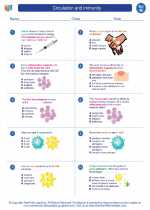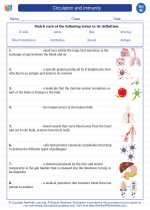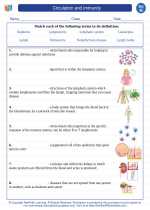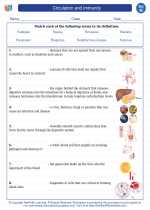Gymnosperms
Gymnosperms are a group of seed-producing plants that includes conifers, cycads, Ginkgo, and gnetophytes. They are unique in that their seeds are not enclosed within a fruit but are instead borne naked on the surface of scales or leaves.
Characteristics of Gymnosperms
- They have seeds that are not enclosed in a fruit.
- They have woody stems and are often tall trees.
- They have needle-like or scale-like leaves.
- They have a well-developed vascular system for the transport of water and nutrients.
- They have both male and female reproductive structures in separate cones or strobili.
Life Cycle of Gymnosperms
Gymnosperms have a life cycle that involves alternation of generations, with a dominant sporophyte stage. The male gametophyte develops within the pollen grain, while the female gametophyte develops within the ovule. Fertilization results in the formation of a seed.
Importance of Gymnosperms
Gymnosperms are economically important as a source of timber, paper, resins, and other products. They also play a crucial role in forest ecosystems and contribute to the global carbon cycle.
Study Tips
- Learn to identify different types of gymnosperms, such as conifers and cycads, by their distinctive features.
- Understand the process of seed formation and the significance of gymnosperms in the ecosystem.
- Explore the economic and ecological importance of gymnosperms in human society and the environment.
◂Science Worksheets and Study Guides Eighth Grade. Circulation and immunity
Study Guide Circulation and immunity
Circulation and immunity  Worksheet/Answer key
Worksheet/Answer key Circulation and immunity
Circulation and immunity  Worksheet/Answer key
Worksheet/Answer key Circulation and immunity
Circulation and immunity  Worksheet/Answer key
Worksheet/Answer key Circulation and immunity
Circulation and immunity  Vocabulary/Answer key
Vocabulary/Answer key Circulation and immunity
Circulation and immunity  Vocabulary/Answer key
Vocabulary/Answer key Circulation and immunity
Circulation and immunity  Vocabulary/Answer key
Vocabulary/Answer key Circulation and immunity
Circulation and immunity  Vocabulary/Answer key
Vocabulary/Answer key Circulation and immunity
Circulation and immunity  Vocabulary/Answer key
Vocabulary/Answer key Circulation and immunity
Circulation and immunity  Vocabulary/Answer key
Vocabulary/Answer key Circulation and immunity
Circulation and immunity  Vocabulary/Answer key
Vocabulary/Answer key Circulation and immunity
Circulation and immunity 

 Worksheet/Answer key
Worksheet/Answer key
 Worksheet/Answer key
Worksheet/Answer key
 Worksheet/Answer key
Worksheet/Answer key
 Vocabulary/Answer key
Vocabulary/Answer key
 Vocabulary/Answer key
Vocabulary/Answer key
 Vocabulary/Answer key
Vocabulary/Answer key
 Vocabulary/Answer key
Vocabulary/Answer key
 Vocabulary/Answer key
Vocabulary/Answer key
 Vocabulary/Answer key
Vocabulary/Answer key
 Vocabulary/Answer key
Vocabulary/Answer key
